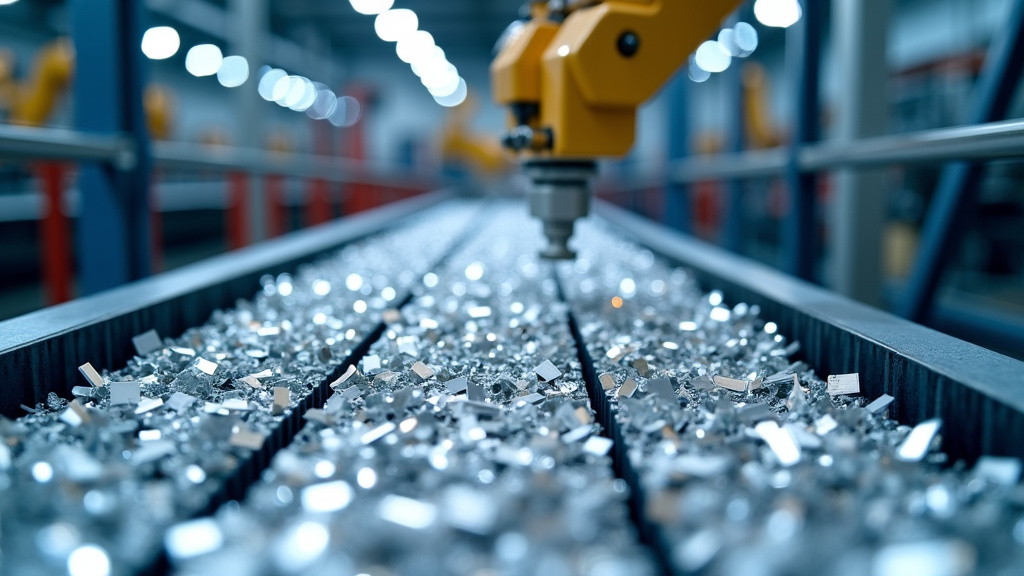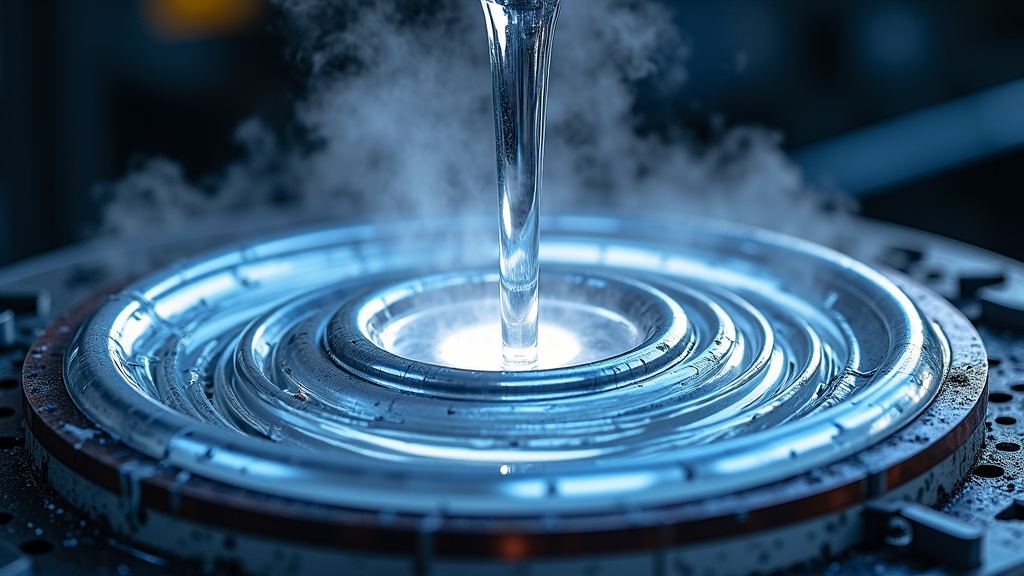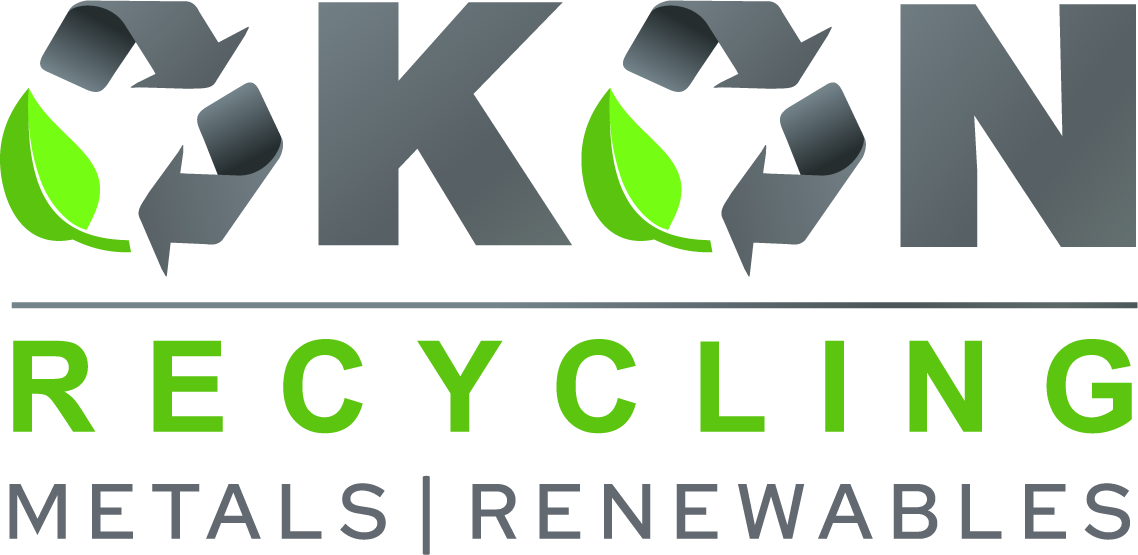5901 Botham Jean Blvd, Dallas, TX 75215
Aluminum Waste Management Strategies: Paving the Future
February 13, 2025Aluminum is one of the most sustainable materials on the planet—it can be recycled indefinitely without losing quality. Yet, millions of tons still end up in landfills each year, wasting valuable resources and increasing environmental strain. The key to a greener future lies in optimizing aluminum waste management.
Recycling aluminum isn’t just environmentally responsible—it’s incredibly efficient. It requires 95% less energy than producing new aluminum, drastically cutting emissions and conserving natural resources. But effective waste management goes beyond recycling; it involves smarter product design, advanced sorting technologies, and policies that drive higher recovery rates.
At Okon Recycling, we specialize in turning aluminum waste into valuable resources, helping businesses and industries implement efficient, cost-effective recycling solutions. By leveraging cutting-edge technology and industry expertise, we ensure aluminum stays in circulation, reducing waste and maximizing sustainability.
In this article, we’ll explore the latest innovations in aluminum waste management—from AI-powered sorting systems to closed-loop recycling models that keep aluminum in continuous use.
Innovative Technologies in Aluminum Recycling

The aluminum recycling industry is undergoing a technological renaissance, with cutting-edge innovations transforming how we process and reuse this versatile metal. By using advanced recycling technologies, businesses are enhancing operational efficiency and significantly reducing energy consumption and costs.
Leading these innovations is AI-driven sorting, a transformative technology in the recycling landscape. Traditional sorting methods often struggle with mixed aluminum scrap, but AI systems are meeting this challenge. These intelligent sorters use sophisticated algorithms and machine learning to identify and separate different aluminum alloys with remarkable accuracy and speed.
Consider the breakthrough by Sortera, an Indiana-based startup. Their AI-powered technology can sort mixed aluminum scrap into distinct alloys, ensuring high-quality reuse in industries like automotive, aerospace, and construction. This precision not only improves the quality of recycled aluminum but also significantly reduces the need for energy-intensive primary aluminum production.
The Power of Closed-Loop Systems
Another innovative approach gaining traction is the implementation of closed-loop recycling systems. These systems aim to create a perpetual cycle of aluminum use and reuse, minimizing waste and maximizing resource efficiency. In a closed-loop system, aluminum products are recycled and repurposed without significant degradation in quality, allowing for indefinite reuse.
A notable example of this approach is seen in the automotive industry. Some car manufacturers have partnered with aluminum producers to create closed-loop systems for their production scrap. For instance, Nissan has implemented a closed-loop aluminum recycling system that recycles aluminum scrap from the Nissan Rogue’s manufacturing process back into new aluminum sheets.
This innovative approach not only reduces waste but also results in substantial energy savings. Recycling aluminum requires only about 5% of the energy needed to produce primary aluminum, leading to significant reductions in both costs and carbon emissions.
Quantifying the Benefits
The impact of these advanced recycling technologies is substantial. Consider some concrete numbers:
- AI-driven sorting systems can achieve sorting accuracies of up to 95%, a level of precision that was previously unattainable.
- Closed-loop recycling systems can reduce energy consumption by up to 95% compared to primary aluminum production.
- Some automotive manufacturers using closed-loop systems report recycling enough aluminum scrap to produce 37,000 new vehicle bodies each month.
These innovations are not just improving efficiency; they are reshaping the entire landscape of aluminum recycling. As businesses continue to adopt and refine these technologies, we can expect even greater advancements in resource conservation, energy efficiency, and sustainable manufacturing practices.
The future of aluminum recycling is bright, driven by the power of AI, the efficiency of closed-loop systems, and the ingenuity of innovators in the field. As these technologies continue to evolve, they promise to make aluminum recycling more efficient, cost-effective, and environmentally friendly than ever before.
Strategies for Optimizing Aluminum Waste Management in Industries

The aluminum industry is under increasing pressure to minimize waste and enhance recycling efforts. By adopting effective waste management strategies, companies can significantly reduce their environmental impact while gaining economic benefits. Here, we explore key approaches that are transforming aluminum recycling in industrial settings.
Improving Waste Collection Efficiency
Effective waste collection is essential for any recycling program. For aluminum-heavy industries, this means implementing systems to capture scrap at every production stage. Research from MIT shows that optimizing collection processes can significantly boost recyclable material recovery.
One innovative trend is the use of automated collection systems. These advanced solutions use sensors and robotics to sort and collect aluminum waste with minimal human intervention, enhancing efficiency and reducing contamination risk, which is crucial for maintaining recycled aluminum quality.
Additionally, a comprehensive tracking system can offer valuable insights into waste generation patterns, allowing companies to pinpoint areas for improvement and adjust their collection strategies accordingly.
Advanced Sorting Technologies
Proper sorting of aluminum waste is vital for maximizing recycling potential. Modern sorting technologies have greatly improved the accuracy and speed of this process. X-ray transmission (XRT) and laser-induced breakdown spectroscopy (LIBS) are two cutting-edge technologies advancing the industry.
XRT systems use imaging to identify different aluminum alloys by density, enabling precise sorting of mixed scrap. LIBS uses laser technology to analyze material composition for even more accurate sorting.
These technologies enhance the quality of recycled aluminum and increase recycling efficiency. By ensuring proper separation of alloys, companies can optimize melting and refining processes, reducing energy consumption and improving product quality.
Closed-Loop Recycling: Maintaining Quality and Reducing Waste
Closed-loop recycling represents a shift in how industries manage aluminum waste. This system aims to recycle materials back into the same product, maintaining quality and reducing the need for virgin materials. For aluminum-intensive industries, closed-loop recycling offers benefits such as reduced energy consumption and greenhouse gas emissions.
A successful example is Ford Motor Company’s closed-loop system for aluminum scrap from vehicle manufacturing. The company collects and sorts the scrap, then sends it back to suppliers for reprocessing into new aluminum sheets, reducing waste and lowering vehicle carbon footprints.
Implementing closed-loop recycling requires careful planning and collaboration between manufacturers, suppliers, and recycling facilities. However, the long-term benefits in resource efficiency and environmental impact make it a valuable investment.
Regulatory Policies: Shaping Industry Practices
While company initiatives are crucial, regulatory policies play a key role in shaping industry practices. Governments are enacting stringent regulations to promote recycling and reduce waste in the aluminum industry.
Extended Producer Responsibility (EPR) policies, for example, hold manufacturers accountable for their products’ entire lifecycle, incentivizing them to design with recyclability in mind and invest in recycling infrastructure.
In Europe, the Circular Economy Action Plan sets ambitious aluminum recycling targets, pushing industries toward sustainable practices. Similarly, in the United States, various state-level initiatives are improving aluminum recycling rates.
Case Study: Novelis’ Evercan
Novelis’ Evercan initiative exemplifies how these strategies come together. Novelis, a leader in aluminum rolling and recycling, developed Evercan as a high-recycled content aluminum sheet for beverage cans, with at least 90% recycled content, reducing the need for primary aluminum.
Achieved through efficient collection systems, advanced sorting technologies, and a closed-loop recycling approach, Novelis collaborated with beverage manufacturers and recycling facilities to ensure a steady supply of high-quality recycled aluminum.
The Evercan initiative reduces waste and energy consumption, demonstrating the market viability of high-recycled content products and serving as a model for optimizing aluminum waste management.
In summary, optimizing aluminum waste management requires a multifaceted approach. By focusing on efficient collection, advanced sorting, closed-loop recycling, and supportive regulatory policies, companies can significantly reduce waste, conserve resources, and contribute to a sustainable future for the aluminum industry.
| Automaker | Recycling Process | Materials Used | Benefits |
| Ford | Closed-loop aluminum recycling | Aluminum scrap from vehicle manufacturing | Reduces waste, lowers carbon footprint |
| Volvo | Use of sustainable materials | Recycled plastics | Promotes sustainability in vehicle parts |
| Jaguar | Closed-loop manufacturing | Recycled aluminum | Reduces production costs, saves materials |
| Covestro | Car-to-car plastics recycling | Polycarbonate from old headlights | Reduces need for new fossil raw materials |
The Role of Aluminum in a Circular Economy

As versatile as it is valuable, aluminum has become essential in our quest for sustainable industry practices.
The circular economy challenges the traditional ‘take-make-dispose’ model, proposing a system where resources are used, recovered, and regenerated continuously. Aluminum, with its infinite recyclability, fits perfectly into this paradigm.
Think of aluminum as the chameleon of metals. It can transform from a lightweight aircraft component to a sturdy building frame and then to a thin food packaging material, all without losing its essential properties. This adaptability makes aluminum a renewable resource, serving various industries while minimizing waste.
Aluminum: A Sustainability Superhero
In the theater of sustainability, aluminum is a versatile superhero. Its powers include:
- Infinite recyclability without loss of quality
- Significant energy savings in recycling processes
- Reduction in greenhouse gas emissions
- Conservation of natural resources
- Lightweight properties leading to fuel efficiency in transportation
These characteristics make aluminum ideal for industries striving to reduce their environmental footprint. From automotive manufacturers creating lighter, more fuel-efficient vehicles to construction companies building energy-efficient structures, aluminum’s versatility shines.
Challenges and Opportunities
While aluminum’s role in the circular economy is promising, challenges remain. Efficient collection and sorting systems are crucial to maximize recycling rates. Additionally, educating consumers about the importance of recycling aluminum can help increase participation rates.
However, these challenges also present opportunities for innovation. Advanced sorting technologies, improved recycling processes, and creative product design can all contribute to making aluminum an even more effective player in the circular economy.
As we move towards a more sustainable future, aluminum stands as a beacon of hope. Its ability to be endlessly recycled, coupled with its diverse applications, makes it an invaluable asset in our transition to a circular economy. By embracing aluminum’s potential, we can forge a path towards resource sustainability and a healthier planet for generations to come.
Conclusion: Embracing Aluminum Recycling for a Sustainable Future

Aluminum recycling isn’t just an environmental responsibility—it’s a key driver of sustainability and economic efficiency. The innovations shaping this industry significantly reduce waste, conserve resources, and cut energy consumption.
Companies like Okon Recycling are leading this transformation, using advanced recycling technologies to maximize efficiency and minimize environmental impact. Consider this: recycling a single aluminum can saves enough energy to power a TV for three hours. Multiply that by billions of cans annually, and the impact is undeniable.
Achieving a fully sustainable aluminum industry requires collective action—from businesses, consumers, and policymakers. Every recycled can and every commitment to sustainable practices moves us closer to a greener future.
For businesses looking to make a lasting impact, Okon Recycling offers expert solutions to tackle complex recycling challenges. Call 214-736-9509 to learn how your company can enhance sustainability efforts through smarter aluminum waste management.
